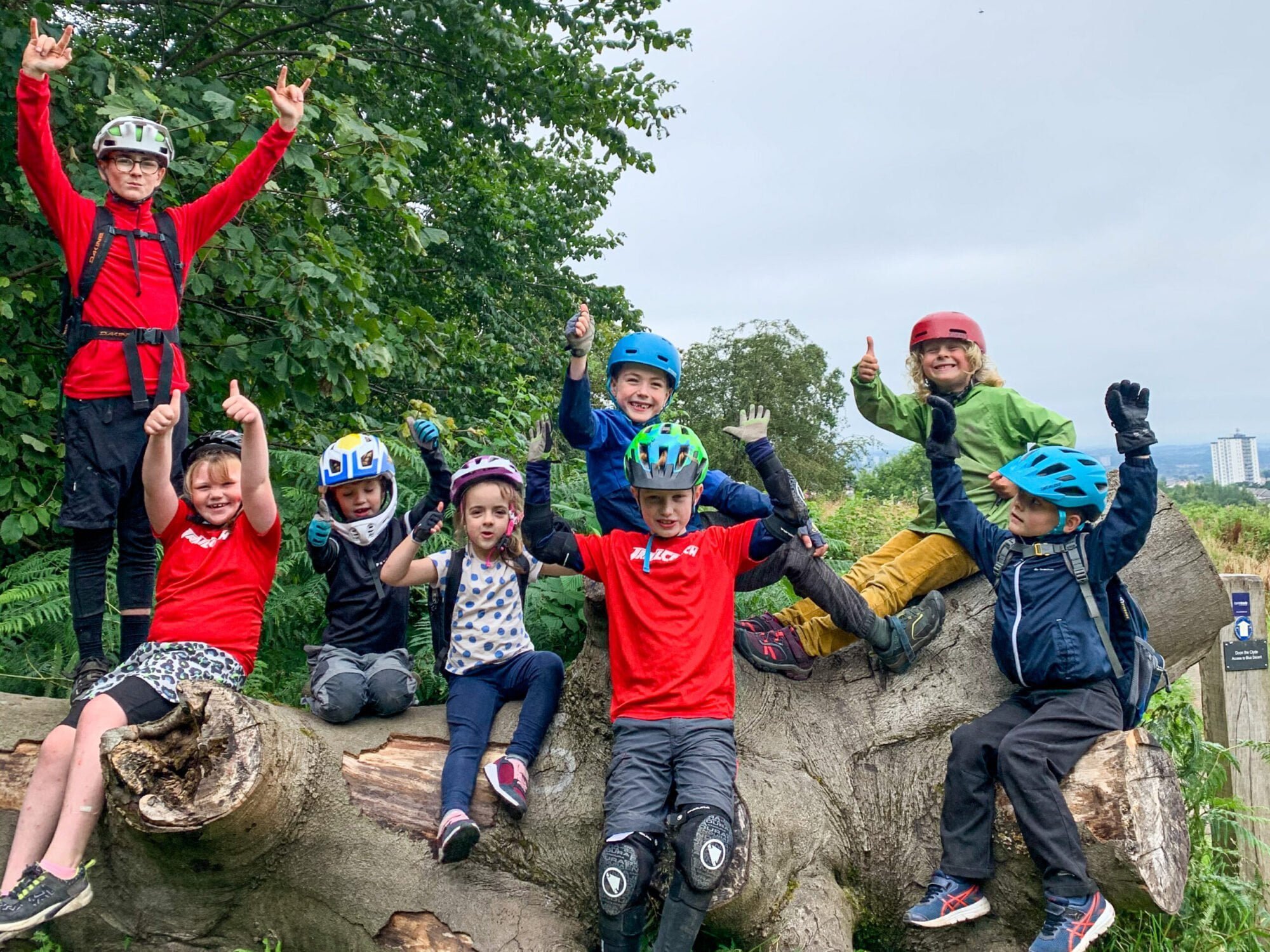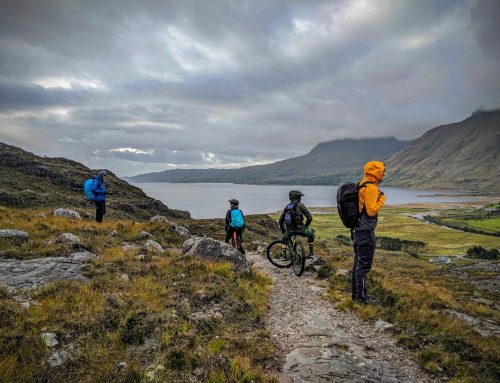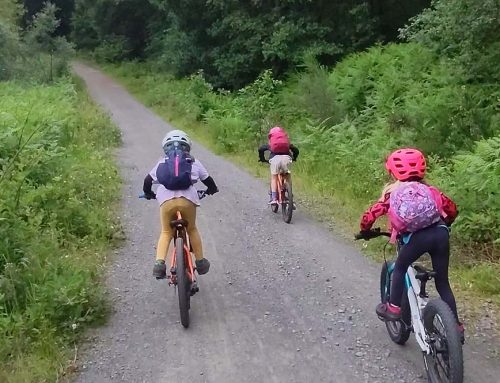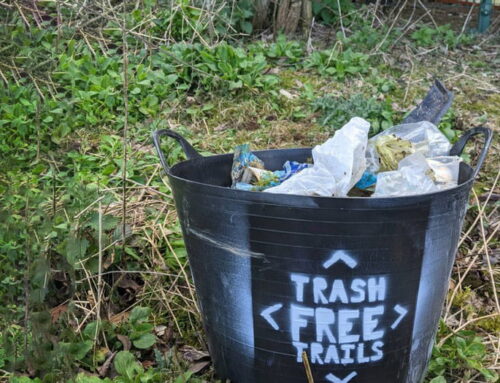The weekly Kids Club sessions are three hours of fun!
In order to make the most of the session, we have created a comprehensive guide to prepare you for your first Kids Club session.
What type of bike can I bring to Kids Club?
We see a wide variety of different bikes at Kids Club, with some more suitable than others. As the morning and afternoon sessions are so different, our expectations of what bike to bring differ too – below is some useful information on what bike is best for the respective session.
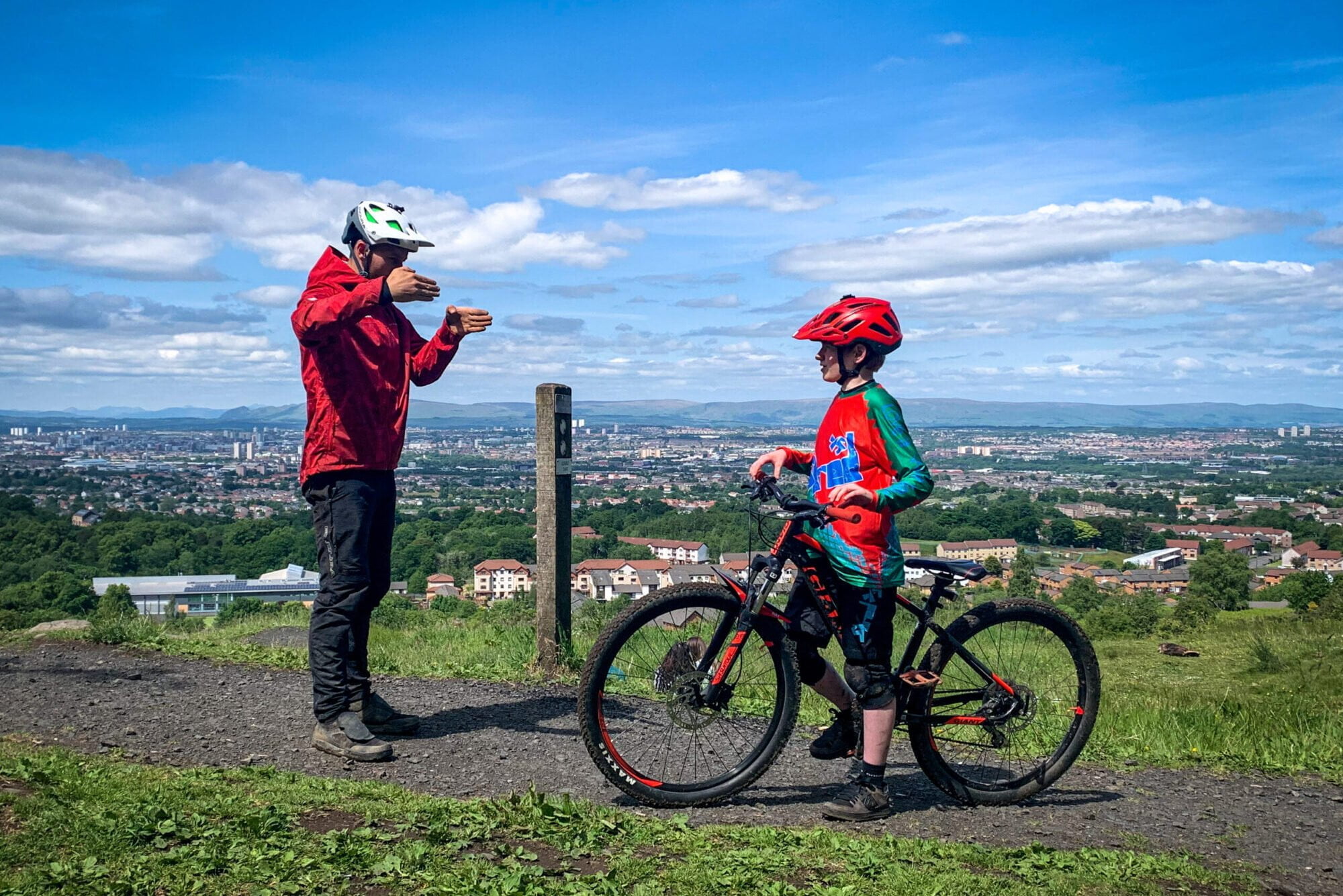

Junior (5-9)
A wide variety of bikes are acceptable for juniors as there is a low level of technical riding. Bikes should be small and light – cheap and heavy bikes with front suspension are totally unnecessary and can be a hindrance for small humans to work with.
The most common bike we see are Islabike and Frog bike hybrids and although these are great, with a few small modifications they can be much more stable and fun for the kids to ride – upgrading the tyres to a chunky/knobbly tread, wider handlebars and bigger platform pedals will give the kids better control, more confidence in their riding and therefore safety! These are cheap, simple and fun upgrades to fit, but make a huge difference to the enjoyment of a bike when riding trails.
Other companies that produce high-quality kids mountain bikes are Orange Bikes and Commencal.
Youth (10-16)
The level of technical riding is higher in our afternoon sessions, therefore the bikes we recommend reflect this. For the ‘youth’ session, we suggest a standard hardtail mountain bike as a minimum, preferably with disc brakes and front suspension.
Cheaply-built and heavy bikes are common but they will only hinder the kids riding – ineffective brakes and heavy components make for an unsafe ride that will wear out and start to fail very quickly, making for poor safety, huge energy consumption and a false sense of economy. A well-specced bike without suspension and cheap gimmicks will provide a much more enjoyable experience and provide a better economy even in the short term.
At this level we start to see a few riders on full-suspension bikes – these are definitely NOT essential and can even be detrimental to learning some key skills, particularly if they are low-spec and heavy.
Elite (12+)
Due to the extremely technical nature of riding at the elite club, we require that riders use high-quality hardtails as a minimum, with the preference being a high-quality full-suspension bike.
Frames and components begin to take a pounding at this level and so maintenance and servicing are key – brake pads, bearings, pivots and even tyres will all need to be replaced fairly regularly as the riding gets more demanding. Staying on top of bike maintenance is essential to prevent any avoidable failures during our sessions.
It is critical that riders carry spares specific to their own bike (mech hangars, inner tubes, brake pads etc) due to increased risk of damage during the session, as well as riding in more remote locations where it’s a long way to push a bike to get back to civilisation.
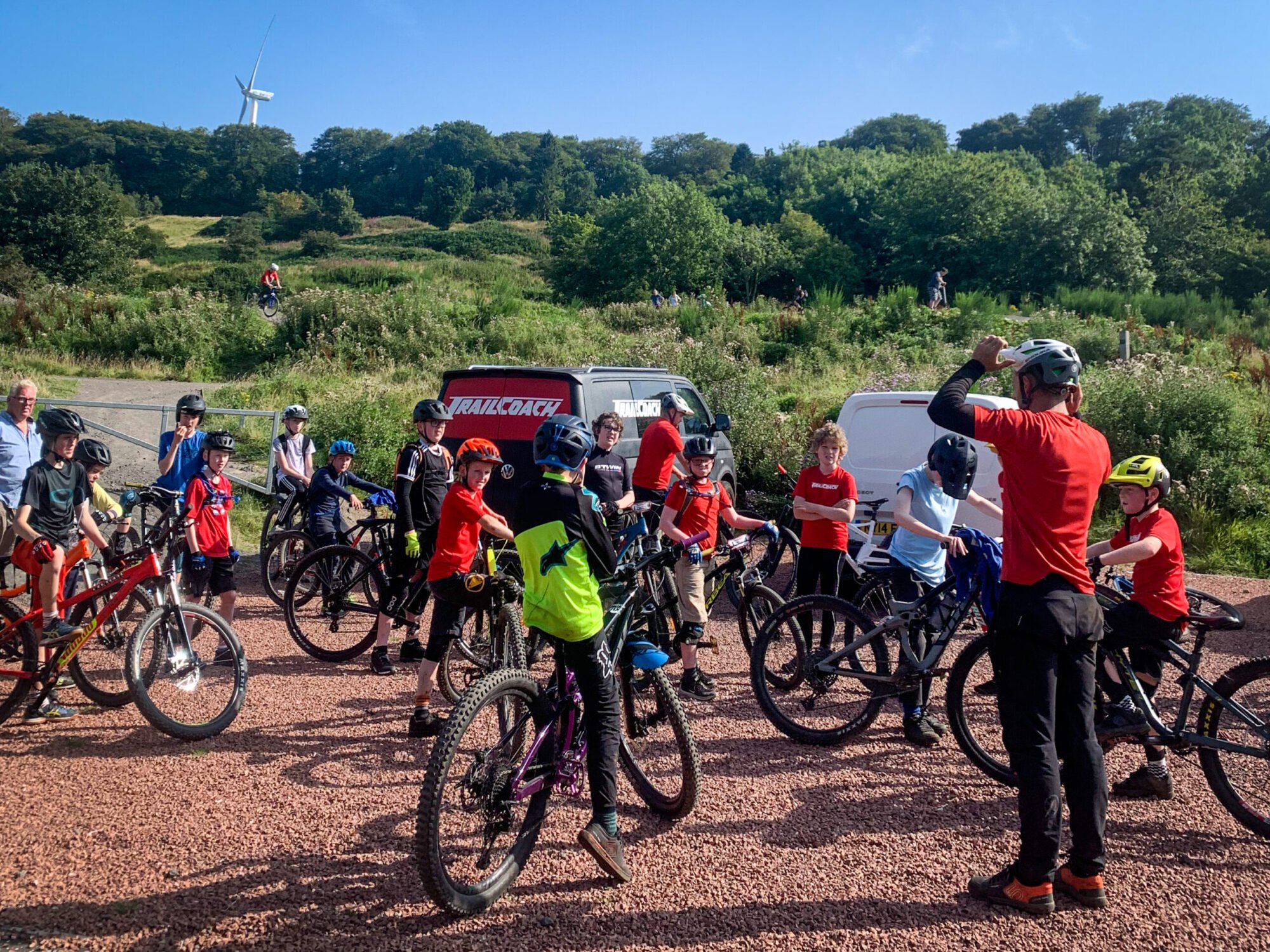

Bike Check
Make sure your bike is in sound mechanical condition before turning up to the club! The less time we spend checking and adjusting bikes, the more we can go riding – it is very unfair on other riders in the club to turn up unprepared.
If you are unsure please consult a qualified bike mechanic prior to coming to the session – inadequately prepared bikes will not be repaired on the day, and if deemed unfit for use, we cannot offer refunds.
M-Check
A safety check, in the shape of the letter M, will be carried out before the session begins. This is primarily for safety and efficient riding, but also helps to empower the children to check their equipment before riding, outside of the club.
Tyre Pressure
Tyre pressure is dependant on the carcass, bike, rider and terrain so please make sure it is set appropriately. If tyres are too hard they will have no grip and feel very bumpy, and if they are too soft they will be prone to puncturing and have a lot of excess friction making them very difficult to pedal and consume a lot of energy.
As a very rough guide, for junior riders, typically 10-15psi in the front tyre, and 15-20 in the rear is adequate, and for youth riders, it would be 15-20psi front, 20-25psi rear.
Drivetrain Lubrication
A properly lubricated drivetrain will last a lot longer, avoid premature failure and stay quiet so as not to irritate everyone by squeaking during the ride.
Make sure you degrease and clean your drivetrain and then re-oil your chain to ensure it works properly and lasts.
Brakes & Gears
On a flat surface, pedal up to speed and ensure the brakes can safely and effectively bring you to a stop. Ensure your child can comfortably reach and pull BOTH brakes on their own – often the levers are too far away or too stiff for them to pull.
On a flat surface pedal your bike around and ensure all of the gears are changing smoothly and correctly – ensure your child can easily change the gears while riding.
Bar-Plugs
Handlebars should NOT have any holes in the ends. If uncovered, handlebar ends are extremely dangerous (acting like an apple-corer!) and therefore a bar-plug must be inserted at each end to keep the rider safe.
This is a very common occurrence as bikes are dropped, crashed and laid down it tends to wear through the rubber ends and expose the holes.
Helmet Check
The helmet is there to protect you, and it needs to be fitted properly to do its job. The helmet can be adjusted in two places; the tightening mechanism located on the rear, and the chin straps.
The helmet should be tightened using the mechanism to the correct level. Double-check it’s tight enough by ensuring the helmet, tightened by the mechanism alone, doesn’t come loose when shaking your head side to side.
If more than two fingers under their chin strap, it needs to be tighter.
Protection
We like to empower kids to make their own decisions based on risk/reward – a helmet is absolutely essential minimum safety gear, along with long sleeves and trousers to protect the elbows/knees from falls and stray vegetation.
Gloves, kneepads and elbow pads are all optional. Some find these too restrictive during a ride and therefore choose to risk not wearing them – we all have our own preferences and reasons – some chose to wear to the whole lot, including a full-face helmet and can ride with peace of mind!
Stay Self Sufficient
Kids should ride with a backpack, tools and enough snacks and water to enjoy the entire session. Here’s what you should bring along:
- Waterproof jacket
- Plenty of snacks
- Water
- A multitool
- A tyre lever
- A spare inner tube
- A handheld pump
Name Board
All riders in our group are provided with a racing-style name board. This lets the coaches, other riders, and members of the public know that you are riding as part of the TrailCoach Kids Club.
The name boards are supplied with reusable zip-ties (so they can be taken off while riding at home) but must be reattached for future sessions. Help us to reduce our plastic consumption and do our bit for the planet and remember to reuse them (and everything else) where possible.


Good To Go!
If you have understood all of these points and made sure you cover the minimum requirements, then you are prepared – you’re ready to come along and ride at our Kids Club!
If you have any further questions, it’s worth checking our FAQs but if you’re still stuck or need a quick answer don’t hesitate to contact us.
PS – check out the Parent’s Groups where you will find a great community for sharing information, lift-sharing and where all the latest ticket information will be announced.

